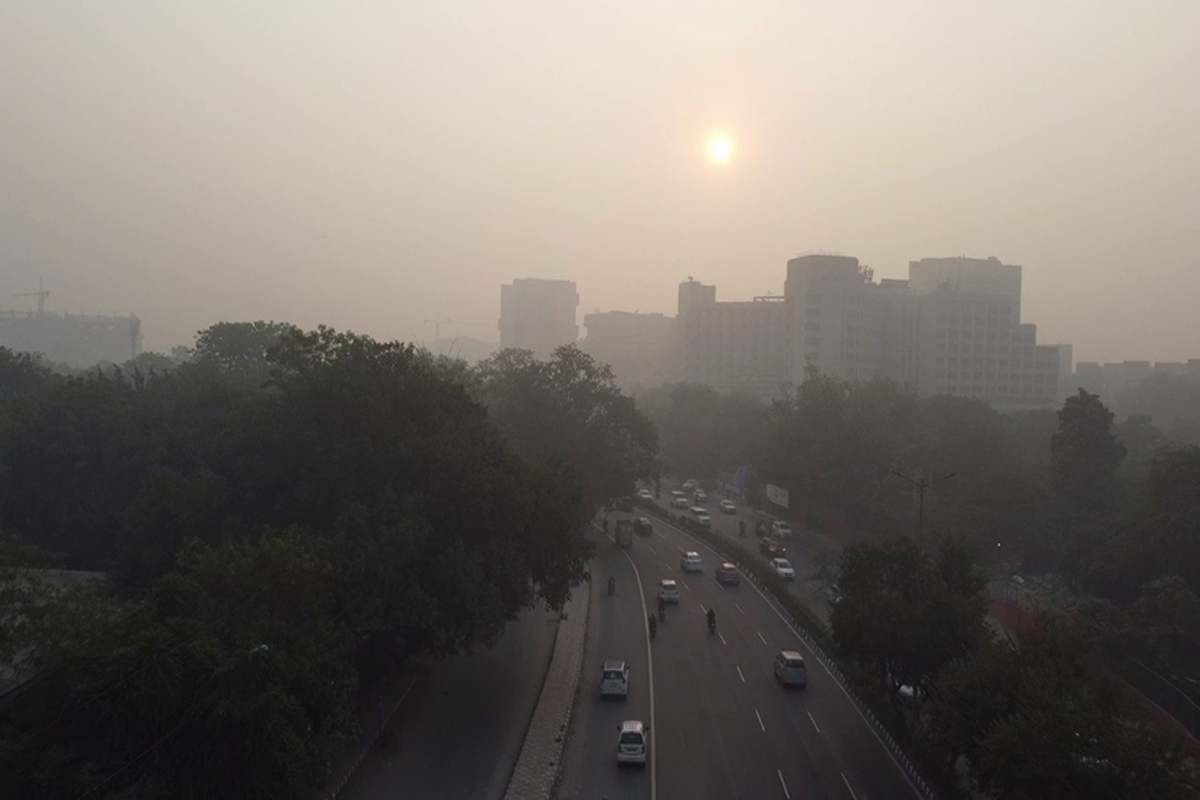Infant dies, five injured in roof collapse in Delhi
According to police officials, the incident took place at around 3 am while the family was asleep.
No area in the city recorded the air quality under severe levels, as per the data released by the pollution monitoring agency.
Statesman News Service | New Delhi | December 6, 2023 8:55 pm

No area in the city recorded the air quality under severe levels, as per the data released by the pollution monitoring agency.
The worst air in the city was recorded at Nehru Nagar with an AQI of 334, followed by Mundka 331, Bawana 328, and Jahangirpuri 321.
Advertisement
The main pollutants in Delhi’s air were the PM 2.5 micro particles, the CPCB said. The AQI levels in the city released by the pollution control agency were based on observations recorded across 37 air monitoring stations out of the total 40 in the city.
An increase in the wind speed over the past two days is the likely cause behind the dispersion of pollutants to some extent. However, the situation might deteriorate on Thursday with the Indian Institute of Tropical Meteorology (IITM) suggesting a decrease in the speed of wind.
The IITM also forecast moderate fog on Thursday morning and a mainly clear sky later in the day.
“The predominant surface wind is likely to come from Northwest directions in Delhi with the wind speed of 06-10 kmph, mainly clear sky and shallow to moderate fog in the morning on 7 December,” the IITM said.
Meanwhile, the air quality in the city’s neighbourhood of Faridabad improved to a ‘moderate’ level with an AQI reading of 189 on Wednesday. The primary pollutants remained PM 10 and PM 2.5 particles.
However, the other adjoining areas of Delhi like Gurugram, Noida, and Ghaziabad remained under the ‘poor’ AQI levels.
Notably, it has now been over a week since the Commission of Air Quality Management (CAQM) revoked restrictions under the Graded Response Action Plan (GRAP) stage III. However, it asked all the agencies concerned to continue with the restrictions under stages I & II of the anti-pollution plan with strict implementation, review, and monitoring in the entire NCR region.
Besides, the CAQM has also called for intensifying the measures under GRAP-I & II to obviate the implementation of GRAP stage-III.
Advertisement
According to police officials, the incident took place at around 3 am while the family was asleep.
VK Saxena was speaking at a cultural evening-cum-dinner hosted for the delegates of the 46th World Heritage Committee at the Purana Qila.
Delhi BJP President Virendra Sachdeva urged the Anti Corruption Bureau (ACB) to take suo moto cognizance of the irregularities behind the drain cleaning and initiate an inquiry against concerned agencies.
Advertisement

